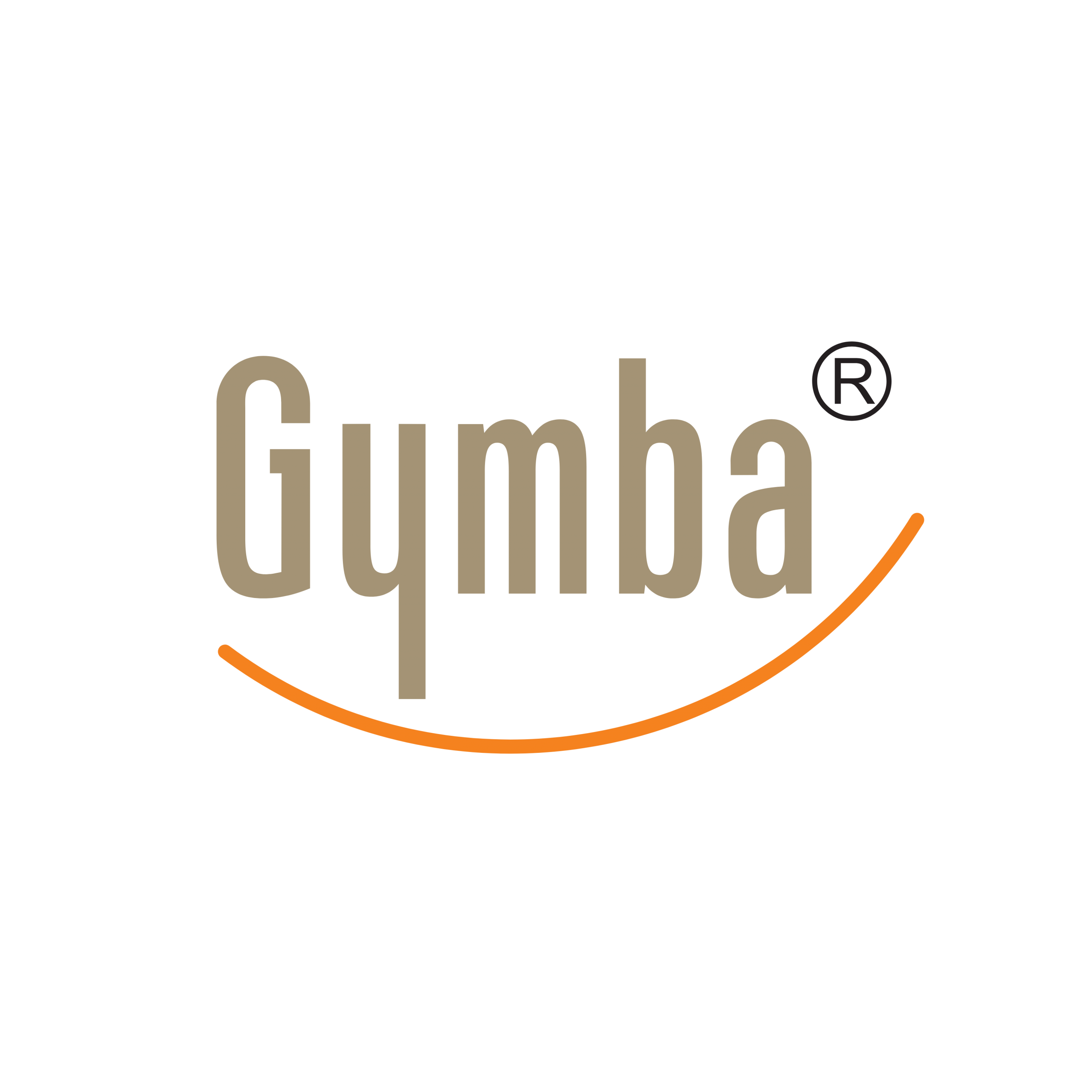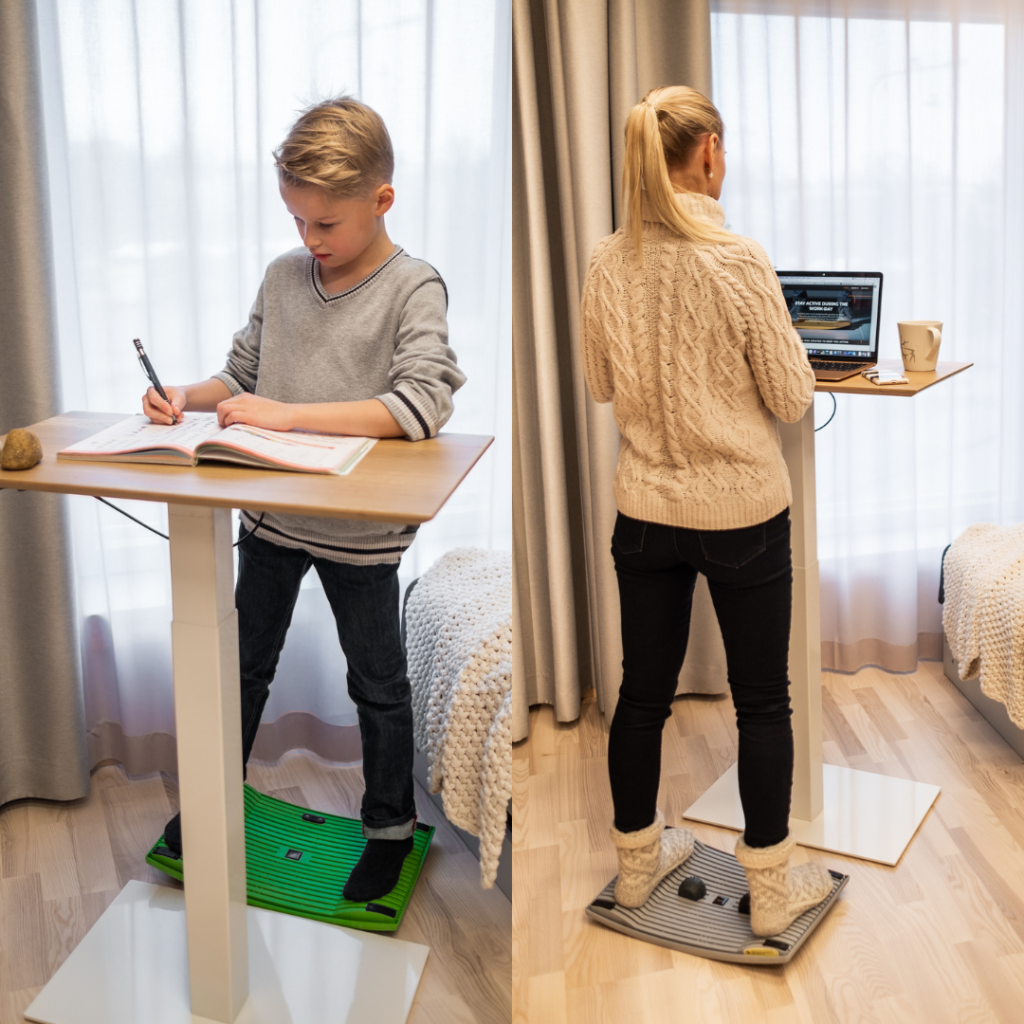Ergonomic active workstations for schools and classrooms are specially designed furniture solutions that encourage movement and proper posture during learning activities. Unlike traditional static desks and chairs, these workstations feature adjustable components that accommodate different body sizes and allow students to shift between sitting, standing, and dynamic movement positions. Active workstations support physical wellbeing while simultaneously enhancing cognitive function and student focus, making them valuable tools for modern educational environments seeking to address both physical health and academic performance.
What are ergonomic active workstations for classrooms?
Ergonomic active workstations for classrooms are innovative furniture solutions specifically designed to promote movement and maintain proper posture in the classroom while students learn. Unlike conventional desks and chairs that enforce static sitting positions, active workstations incorporate features that allow students to fidget, bounce, rock, stand, or otherwise move naturally throughout the day.
These specialised workstations typically include elements such as height-adjustable surfaces, standing desks with balance boards for active standing workstations, wobble stools, pedal desks, or ball chairs. The key principle behind these designs is that they accommodate the body’s natural need for movement rather than restricting it.
Active workstations transform the traditional classroom environment from a place where movement is discouraged to one where physical activity becomes integrated with learning. This approach recognises that children’s bodies are designed to move and that forcing prolonged stillness often works against their natural development and learning capabilities.
Why is movement important for students during class time?
Movement during class time is crucial because physical activity directly impacts brain function and cognitive performance. When students move, blood flow increases to the brain, delivering more oxygen and nutrients that enhance neural connections and improve concentration, memory, and problem-solving abilities.
The physiological benefits extend beyond just brain function. Regular movement helps maintain healthy muscle tone, improves posture, and prevents the musculoskeletal issues that can develop from prolonged static positions. For growing bodies, this movement is essential for proper physical development.
Psychologically, incorporating movement into learning helps reduce stress and anxiety while improving mood through the release of endorphins. This creates an optimal state for learning and information retention. Movement also provides natural breaks that help reset attention spans, particularly beneficial for students who struggle with focus.
For students with attention difficulties or excess energy, movement offers a productive channel for that energy, reducing disruptive behaviour and improving classroom management. Rather than fighting against children’s natural inclination to move, active workstations harness this energy to support the learning process.
How do active workstations improve student concentration?
Active workstations improve student concentration by satisfying the body’s inherent need for movement, which allows the mind to focus more effectively on learning tasks. When students can engage in subtle physical activity, like gentle rocking or bouncing, they’re able to release excess energy in a non-disruptive way that actually enhances their ability to pay attention.
The fidgeting and movement that teachers often discourage is frequently the body’s attempt to increase alertness and stimulation. Active workstations provide a controlled outlet for this natural tendency, helping students self-regulate their attention levels. This is particularly beneficial for students with ADHD or sensory processing differences.
Movement activates multiple areas of the brain simultaneously, creating more neural connections that support learning and memory formation. The physical engagement keeps students more alert and present in the learning experience, reducing the mental drifting that occurs during passive sitting.
Studies have shown that even minimal movement opportunities can significantly extend attention spans. When students know they aren’t required to remain completely still, the psychological burden of containing movement is removed, freeing up mental resources for learning rather than self-control.
What features should you look for in classroom ergonomic solutions?
Adjustability is the most critical feature of classroom ergonomic solutions, as it ensures furniture can accommodate the wide range of student body sizes and proportions. Look for height-adjustable desks for proper ergonomics that can be customised to each student’s needs to promote proper posture and prevent strain.
Durability and stability are essential in educational environments where furniture will face daily use by multiple students. Materials should withstand continuous movement and occasional rough handling while maintaining safety and functionality.
Space efficiency is crucial for most classrooms. Seek solutions that work within existing classroom configurations and can be easily moved or rearranged for different activities. Compact designs that don’t create hazards or obstacles in the learning environment are ideal.
Age-appropriate designs should address the specific developmental needs of the student population. Primary school children may benefit from more playful movement options, while secondary school students might need solutions that support longer periods of focused work while still allowing position changes.
Easy-to-clean surfaces and materials are practical considerations for school environments where hygiene is important. Solutions should also be intuitive to use, requiring minimal instruction for students to benefit from their ergonomic features.
How can schools implement active workstations on a budget?
Schools can implement active workstations on a budget by adopting a phased approach, starting with pilot areas in select classrooms rather than transforming the entire school at once. This allows for testing different solutions and measuring their impact before making larger investments.
Consider DIY alternatives that achieve similar benefits at lower costs. Simple solutions like tennis balls cut and placed on chair legs to allow gentle movement, or standing desks created by placing platforms on existing desks can be effective interim measures.
Explore grant opportunities specifically designed for school wellness initiatives. Many health-focused foundations, educational organisations, and even government programmes offer funding for projects that promote physical activity and wellbeing in schools.
Partner with local businesses or parent organisations for sponsorship or donations. Many companies are willing to support educational initiatives that improve student health and learning outcomes, especially when they receive recognition for their contributions.
Consider a shared resource model where active workstations rotate between classrooms or are placed in common areas for scheduled use by different classes. This maximises the benefit of a limited number of pieces while still giving all students some access to the equipment.
What are the best practices for integrating movement in classroom activities?
The most effective approach to integrating movement in classroom activities is to normalise movement as part of the learning process rather than treating it as a separate or special activity. Create an environment where students understand that changing positions or engaging in gentle movement while learning is acceptable and beneficial.
Incorporate brief movement breaks between lesson segments. These can be as simple as 30-second stretching routines, standing to answer questions, or moving to different areas of the classroom for new activities. These transitions help reset attention and prepare students for the next learning task.
Use movement as a teaching tool by designing lessons that naturally incorporate physical activity. For example, science concepts can be demonstrated through movement, mathematics can involve measuring and moving around the room, and language arts can include acting out narratives.
Create classroom zones with different working postures – some areas for sitting, others for standing, and some for more active engagement. Allow students to choose their working position based on their current needs, teaching them to recognise when they need more or less movement.
Be mindful of inclusive practices that accommodate all students, regardless of physical abilities. Ensure that movement options are available that work for every student, so no one feels excluded from the benefits of active learning environments.
At Gymba, we understand the importance of movement in educational settings. While our Gymba boards encourage active motion, our ergonomic laptop stands complement this by promoting better posture and reducing strain during seated work. By combining opportunities for movement with proper ergonomic support, we help create learning environments where both minds and bodies can thrive.

